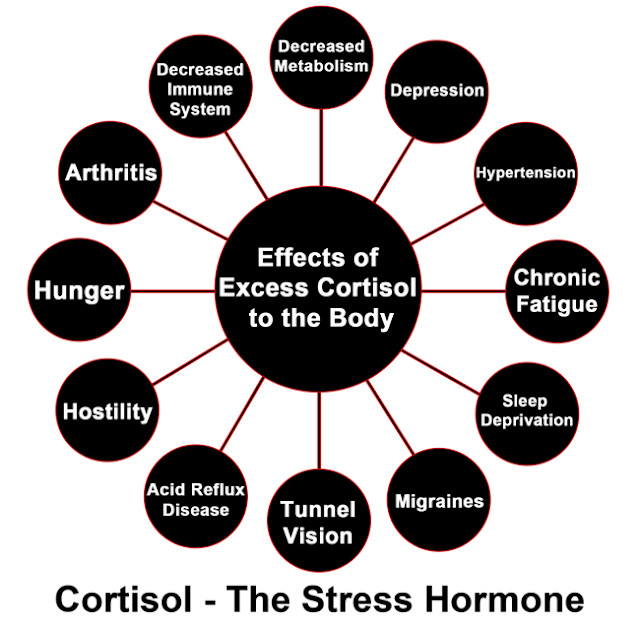Growth and development: Newborn infants are at special nutritional risk due to their body makeup versus nutritional requirements. In the first place, this is a period of very rapid growth, and needs for many nutrients are higher compared to an adult human being. Some micronutrients such as vitamins E and K, do not cross the placental membrane well and therefore, the tissue stores are low in the newborn infant. I have discussed a lot about vitamins E and K and if you have not been following me, you can click on the link below to read about them. Vitamins
The gastrointestinal actecture: The gastrointestinal tract may not be fully developed, leading to malabsorption problems and especially true for fat-soluble vitamins. The gastrointestinal tract is also sterile at birth and the intestinal flora that normally provide significant amounts of certain vitamins especially vitamin K, take several days to become established. If the infant is born prematurely, the nutritional risk is slightly greater, since the gastrointestinal tract will be less well developed and the tissue stores will be less. I have already talked about the human intestinal flora and their development from birth and if you have not been following me, you can read about normal flora and the human microbiome from the link below. Normal flora of the human body
Hematological concerns: The most serious nutritional complications of newborns appear to be hemorrhagic disease. Newborn infants, especially premature infants, have low tissue stores of vitamin K and lack the intestinal flora necessary to synthesize the vitamin. Breast milk is also a relatively poor source of vitamin K.
It is estimated that, approximately 1 out of 400 live births shows some signs of hemorrhagic disease and in that case, one milligram of the vitamin at birth is usually sufficient to prevent hemorrhagic disease.
The burden of iron in the newborn: Most newborn infants are born with sufficient reserves of iron to last 3–4 months. Since iron is present in low amounts in both cow's milk and breast milk, iron supplementation is usually begun at a relatively early age by the introduction of ironfortified cereal.
The issue with vitamin D and other minerals: Vitamin D levels are also somewhat low in breast milk and supplementation with vitamin D is usually recommended. Other vitamins and minerals appear to be present in adequate amounts in breast milk as long as the mother is getting a good diet.
RELATED;
1. BODY METABOLISM AND HOMEOSTASIS
2. VITAMINS
3. DIGESTION AND ABSORPTION OF MINERALS



















.webp)












